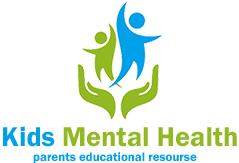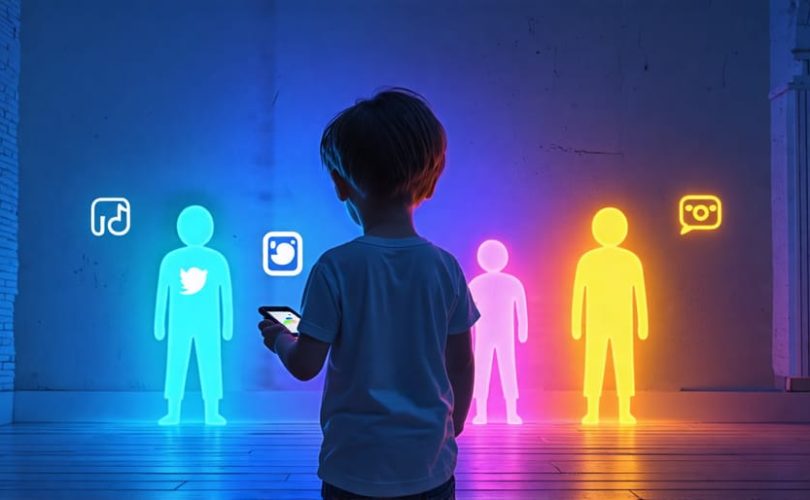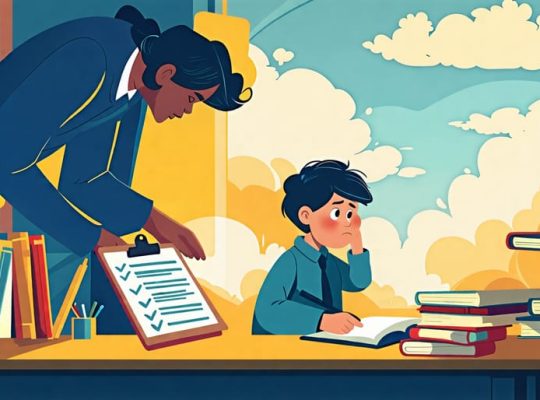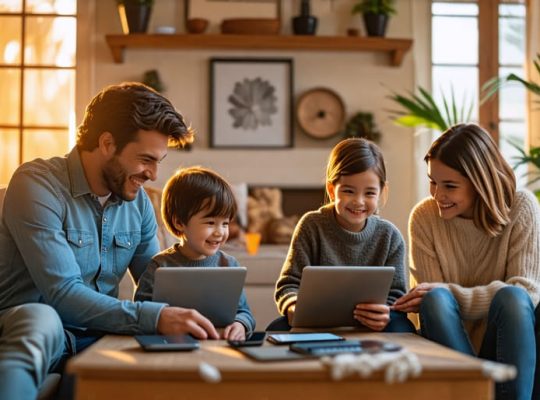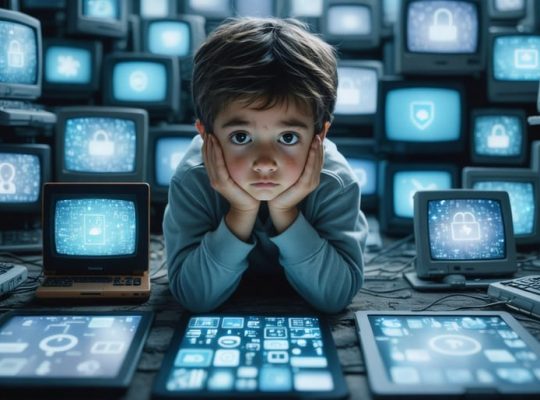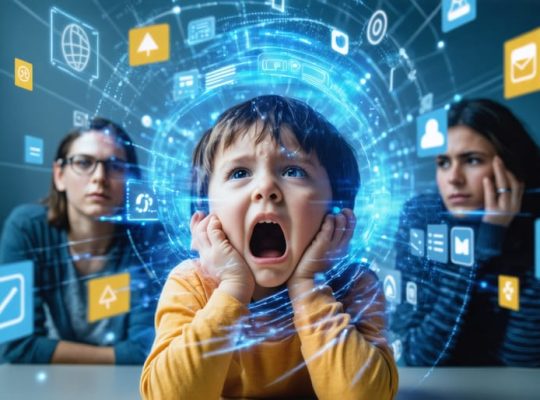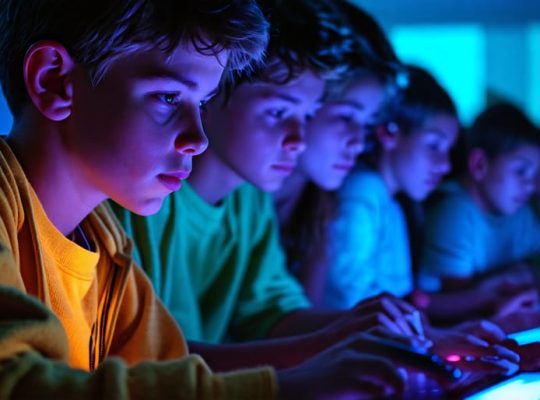Limit social media use to protect children’s mental health. Excessive screen time on platforms like Instagram, TikTok and Snapchat can fuel anxiety, depression, loneliness, self-esteem issues, and even suicidal thoughts in kids and teens. Social media showcases unrealistic, curated images that make young people feel inadequate. FOMO and addictive algorithms keep kids hooked, undermining real-life connections and activities needed for healthy development. Cyberbullying and toxic comparisons are only a click away.
To safeguard kids’ well-being in the digital age, parents must get involved. Set reasonable daily time limits on social media. Keep phones and devices out of bedrooms at night. Have open, honest talks about the emotional impacts. Help kids think critically about the unrealistic standards social media promotes. Encourage offline hobbies and in-person interactions. Stay alert for warning signs like mood changes, withdrawal and sleep disruption.
Early intervention is key. By proactively setting boundaries, having discussions, and modeling healthy habits, parents and caregivers can greatly reduce the negative mental health effects of social media on children and adolescents. Empowering kids with the awareness and skills to navigate online spaces is one of the best gifts we can give.
The Dark Side of Likes and Followers
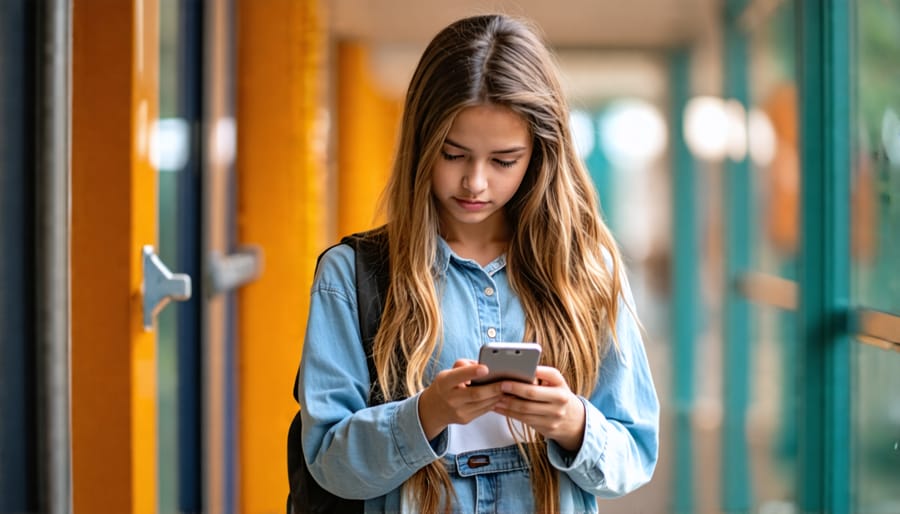
The Comparison Trap
In the glossy world of social media, it’s all too easy for kids to fall into the comparison trap. Scrolling through endless feeds of carefully curated posts and stunning selfies, they may begin to feel like their own lives pale in comparison. The shiny highlight reels presented online often mask the complex realities hidden beneath the surface. As a result, many children start to question their own worth, wondering why their experiences seem so mundane compared to the picture-perfect moments splashed across their screens.
This constant comparison game can breed insecurity and self-doubt, eroding self-esteem and fueling feelings of inadequacy. Kids may feel pressure to present an idealized version of themselves online, hiding their struggles and vulnerabilities behind a facade of filtered perfection. Over time, this disconnect between the authentic self and the curated online persona can exacerbate mental health issues like anxiety and depression.
Moreover, the comparison trap can stir up toxic envy and resentment. Seeing peers seemingly living their best lives, racking up likes and followers, can leave kids feeling left out and inferior. They may start to covet the material possessions, social status, or physical appearance showcased by others, forgetting that these snapshots rarely tell the whole story. This unhealthy fixation on what others have can rob kids of joy and contentment in their own lives.
Chasing Validation
Social media platforms are designed to be addictive, constantly drawing users back in with the promise of likes, comments, and followers. For many, especially young people, this external validation becomes a primary source of self-worth. They begin to measure their value and success by the number of hearts or thumbs-up they receive.
However, relying on social media for validation is a dangerous trap. It creates an endless cycle of seeking approval from others, rather than developing a strong sense of self. When posts don’t receive the desired engagement, it can lead to feelings of inadequacy, low self-esteem, and even depression.
Moreover, the validation from social media is often superficial and fleeting. It doesn’t reflect the true depth and complexity of an individual. Chasing this shallow approval can distract from more meaningful sources of fulfillment, such as personal growth, real-world relationships, and pursuing passions.
To break free from this cycle, it’s important to cultivate self-acceptance and find validation from within. This might involve setting personal goals, practicing self-compassion, and surrounding oneself with supportive people offline. By shifting the focus inward and building a strong foundation of self-worth, individuals can develop a healthier relationship with social media and their own well-being.
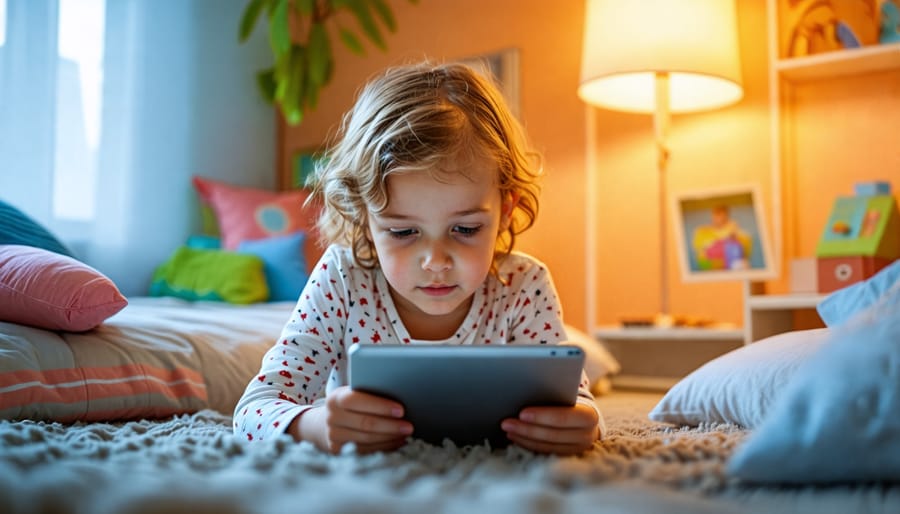
Cyberbullying’s Toll on Mental Health
Cyberbullying has become an alarmingly common issue on social media platforms, with devastating effects on the mental health of children and teens. Through these digital channels, bullies can relentlessly target their victims with cruel messages, rumors, and threats, leaving them feeling isolated, helpless, and trapped in a cycle of abuse.
The constant barrage of negative comments, exclusion from online social circles, and public humiliation can take a severe toll on a young person’s emotional well-being. Many victims of cyberbullying experience heightened levels of anxiety, constantly worrying about the next attack or dreading the notification sound on their phones. They may withdraw from friends and family, lose interest in activities they once enjoyed, and struggle with feelings of worthlessness and low self-esteem.
In some cases, the trauma of cyberbullying can lead to more serious mental health issues. Studies have shown that victims are at a higher risk of developing depression, engaging in self-harm, and even having suicidal thoughts. The anonymity and 24/7 nature of social media can make it feel like there’s no escape from the torment, leaving children feeling hopeless and alone in their struggle.
It’s crucial for parents, educators, and mental health professionals to recognize the signs of cyberbullying and take swift action to support the victim. This may involve reporting the bullying to the social media platform, working with school authorities to address the issue, and providing the child with access to mental health resources and counseling.
By fostering open communication, teaching digital literacy skills, and emphasizing the importance of empathy and kindness online, we can work together to create a safer digital environment for our children. No child should have to endure the pain and isolation of cyberbullying, and it’s up to all of us to stand up against this destructive behavior and prioritize the mental well-being of our youth.
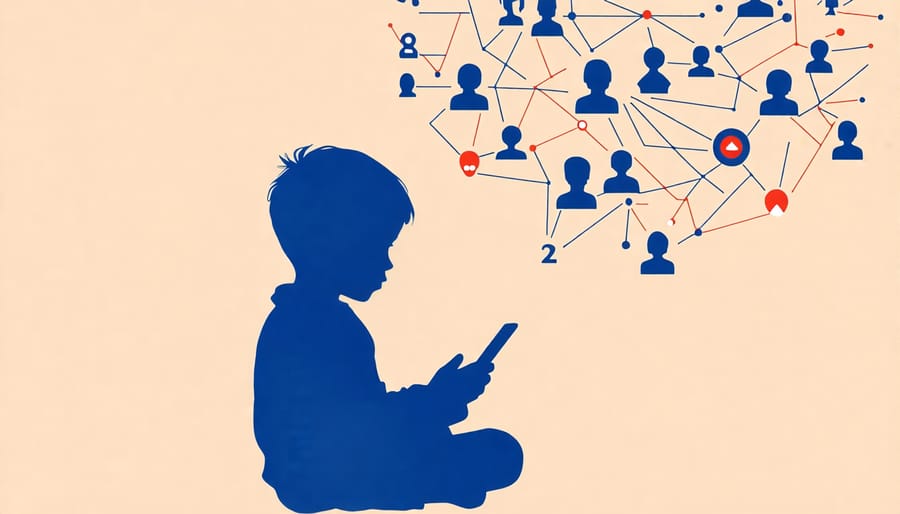
The Cost of Lost Connections
In the age of social media, it’s easy to mistake digital connections for genuine relationships. While platforms like Facebook, Instagram, and Twitter allow us to stay in touch with friends and family across the globe, excessive use can actually lead to feelings of loneliness and isolation. When we spend hours scrolling through curated feeds and engaging in superficial interactions, we may neglect the real-world relationships that are crucial for our mental health.
Studies have shown that face-to-face interactions trigger the release of neurotransmitters like dopamine and serotonin, which promote feelings of happiness and well-being. In contrast, relying solely on social media for connection can leave us feeling empty and unfulfilled. We may have hundreds of “friends” online, but without the depth and intimacy of in-person relationships, we can still feel profoundly alone.
Moreover, social media often presents a distorted view of reality. People tend to share only the highlight reels of their lives, creating an illusion of perfection that can leave others feeling inadequate and isolated. When we compare our own lives to the carefully curated images we see online, it’s easy to feel like we don’t measure up.
To combat these negative effects, it’s essential to prioritize real-world relationships. This means setting aside dedicated time for face-to-face interactions with friends and family, without the distraction of screens. It also means being intentional about the quality of our online interactions, choosing to engage in meaningful conversations rather than mindless scrolling.
For parents, teachers, and healthcare professionals, it’s crucial to model healthy social media habits and encourage children to balance online and offline connections. By fostering strong, supportive relationships in the real world, we can help protect against the potential loneliness and isolation that can come with excessive social media use. Remember, while digital connections can be valuable, they are no substitute for the depth and richness of face-to-face human interaction.
Reclaiming Your Child’s Mental Well-Being
As a parent, one of the most powerful steps you can take to protect your children’s mental health in the face of social media’s influence is to establish clear boundaries around its use. This might involve setting time limits, restricting access to certain platforms, or creating “no phone zones” during family meals and other quality time. Consistently enforcing these boundaries helps children develop a healthier relationship with social media.
Encouraging your child to engage in offline activities that promote mental well-being is another key strategy. This could include sports, creative hobbies, outdoor play, or volunteering. These activities not only provide a break from the constant stimulation of social media but also foster real-world connections, build self-esteem, and develop important life skills.
Perhaps most importantly, maintain an open, non-judgmental dialogue with your child about their social media experiences. Ask about their favorite aspects, but also gently inquire about any negative impacts they may be noticing, such as feelings of inadequacy or anxiety. Share your own experiences and concerns, emphasizing that it’s normal to feel pressure or self-doubt sometimes. Reassure them that their worth is not determined by likes or followers, and that you’re always there to listen and support them.
By role-modeling healthy social media habits yourself, you can further reinforce these messages. Share your own strategies for maintaining balance and perspective, such as taking regular breaks or unfollowing accounts that don’t inspire you. Demonstrating that it’s possible to use social media in a positive, mindful way sets a powerful example for your child to follow.
Remember, helping your child navigate the complexities of growing up in a digital world is an ongoing process. With consistent effort, open communication, and plenty of patience and understanding, you can empower them to harness the benefits of social media while minimizing its potential harms to their mental health and overall well-being.
Conclusion
In this digital age, it’s clear that social media can have significant negative impacts on children’s mental health and well-being. From the pressure to maintain a perfect online image to the risks of cyberbullying, addiction, and sleep disruption, the potential harms are numerous and far-reaching. As parents, educators, and health professionals, we must prioritize safeguarding children’s mental health in the face of these challenges.
By staying informed, setting boundaries, fostering open communication, and modeling healthy habits, we can empower the next generation to navigate the digital landscape in a way that supports their well-being. Remember, it’s not about demonizing social media, but rather about finding a balanced approach that allows kids to reap the benefits while minimizing the risks. With awareness, compassion, and proactive strategies, we can help our children thrive both online and off.
